Computer Numerical Control (CNC) machines have revolutionized manufacturing processes by offering precision, efficiency, and versatility. While both metal processing and woodworking utilize CNC technology, the machines designed for these purposes differ significantly due to the materials' distinct nature and the processes' requirements.
This article explores the key differences between CNC machines used for metal processing and woodworking.
Material Properties and Requirements
Metal processing and woodworking demand unique approaches due to the inherent properties of the materials involved. Metals such as steel, aluminum, and titanium are much harder and denser than wood. Consequently, CNC machines for metal processing must be robust and powerful enough to handle the increased resistance.
The hardness of metals generates substantial heat during cutting and shaping, necessitating the use of coolant systems to prevent overheating and maintain dimensional accuracy. The tooling used in metalworking, such as carbide or diamond-tipped cutters, is designed to withstand high temperatures and wear resistance.
In contrast, wood is softer and less dense compared to metals. Wood also exhibits natural variability, such as grain direction, knots, and moisture content, which can affect the cutting process. Woodworking generates significant amounts of dust and chips, requiring efficient dust collection systems to maintain a clean working environment and prevent damage to machinery.
Woodworking tools are typically made of high-speed steel (HSS) or carbide and are designed to handle the softer material and the unique challenges wood grain poses.
Machine Design and Structure
The construction of CNC machines for metal processing is significantly different from that of woodworking machines. Metalworking CNC machines are often constructed from heavy-duty materials such as cast iron or steel to provide the necessary rigidity and stability.
These machines are built to achieve extremely tight tolerances and high precision, often in the micrometer range. They use powerful servo motors and ball screws to ensure accurate and repeatable movements under high loads.
On the other hand, CNC woodworking machines are typically lighter and may use materials such as aluminum extrusions to reduce cost and weight while maintaining sufficient rigidity.
While precision is still important, woodworking tolerances are generally less stringent than those for metalworking, often in the range of hundredths of an inch. These machines often use stepper motors and belt drive systems, which are adequate for the lower forces involved in woodworking.
Operational Differences
The operational dynamics of metal processing and woodworking with CNC machines also exhibit notable differences. In metalworking, the feed rates are generally slower due to the hardness of the material and the need for precise control. Coolants or lubricants are essential in metalworking to dissipate heat and lubricate the cutting tool. Frequent tool changes are required to accommodate different operations and materials, often managed by automated tool changers.
Conversely, woodworking CNC machines typically operate at higher speeds and feed rates due to the softer nature of wood. Coolants are generally not used in woodworking, though compressed air might be employed to clear dust from the cutting area. Tool changes are less frequent in woodworking but still necessary for different operations, such as cutting, carving, or drilling.
Software and Programming
The software and programming requirements for CNC machines in metal processing and woodworking also differ. CNC machines for metal often require advanced CAM (Computer-Aided Manufacturing) software that can handle complex geometries and tool paths. Detailed simulation and verification are crucial to avoid costly mistakes and tool damage. The G-code used in metalworking is often more complex due to the need for precise control over tool movements and parameters.
While woodworking also uses CAM software, it is often tailored to handle the specific requirements of wood, such as nesting and grain orientation. Simulation is important but generally less critical than in metalworking, given the lower material costs and the different nature of tool interactions. The G-code for woodworking is usually simpler, reflecting the less demanding nature of the material and the operations performed.
Conclusion
While both metal processing and woodworking benefit greatly from CNC technology, the machines designed for these applications differ in significant ways. The hardness and density of metal versus the softness and variability of wood necessitate differences in machine construction, tooling, speed, and software.
Understanding these differences is crucial for selecting the right CNC machine for a specific manufacturing process, ensuring optimal performance, precision, and efficiency.

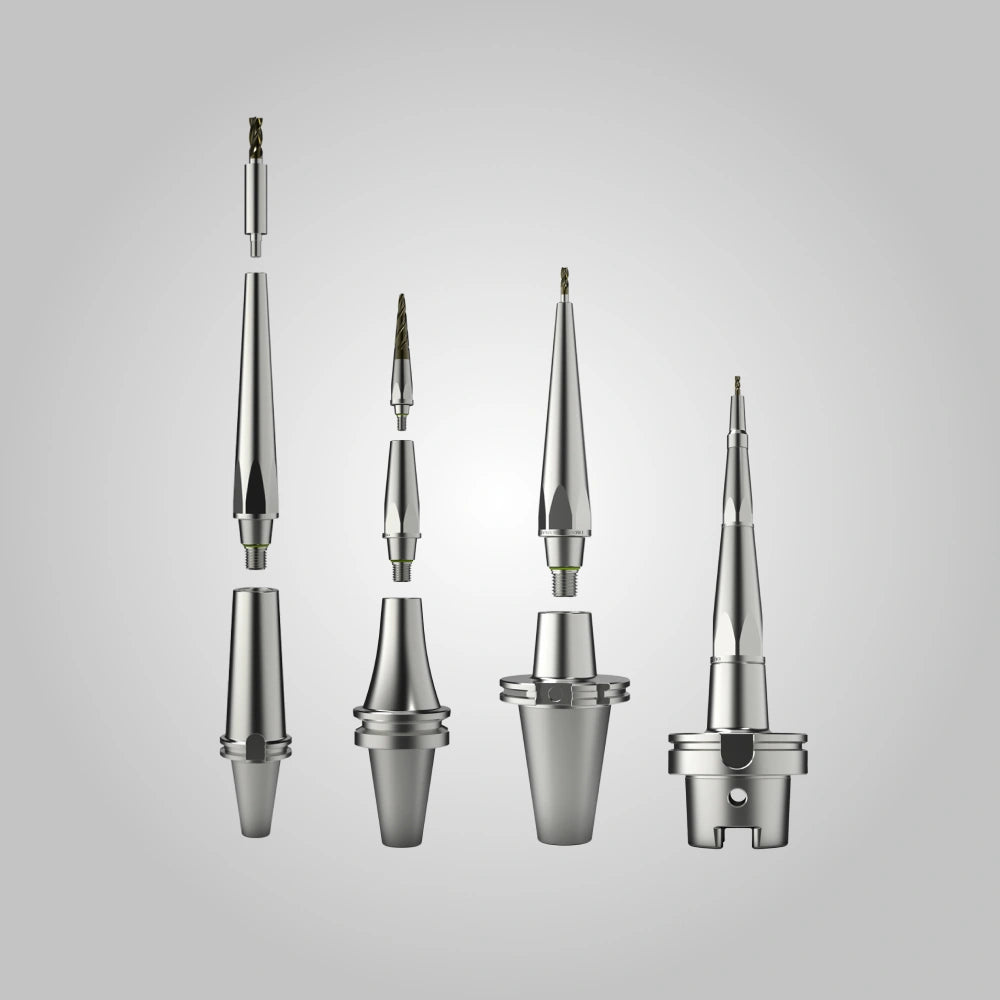
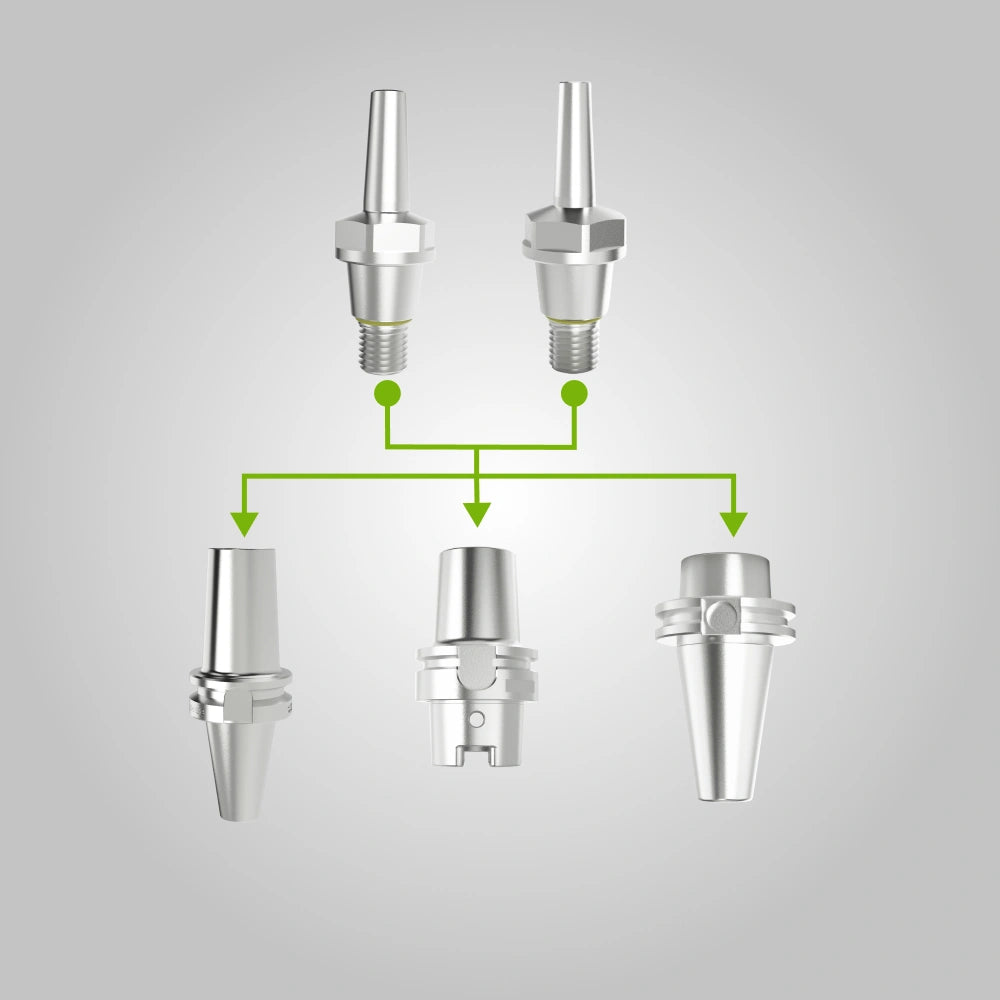
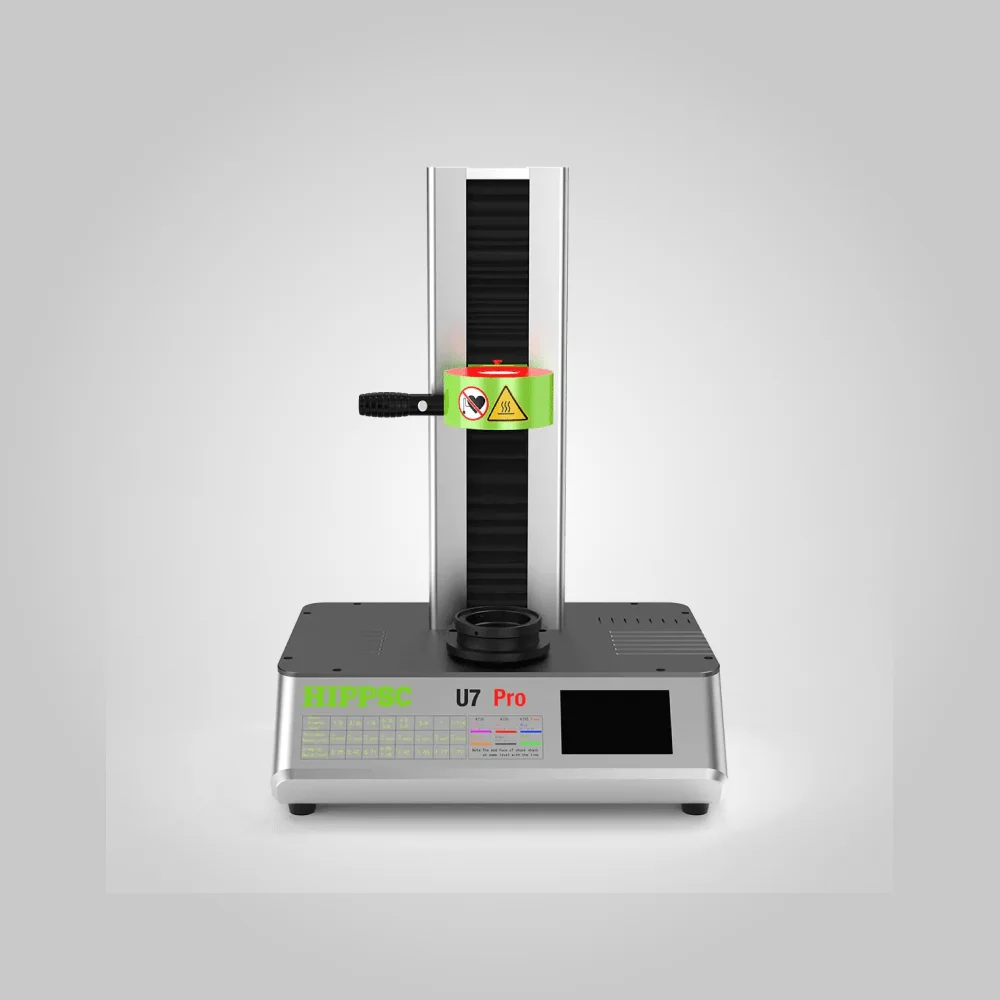
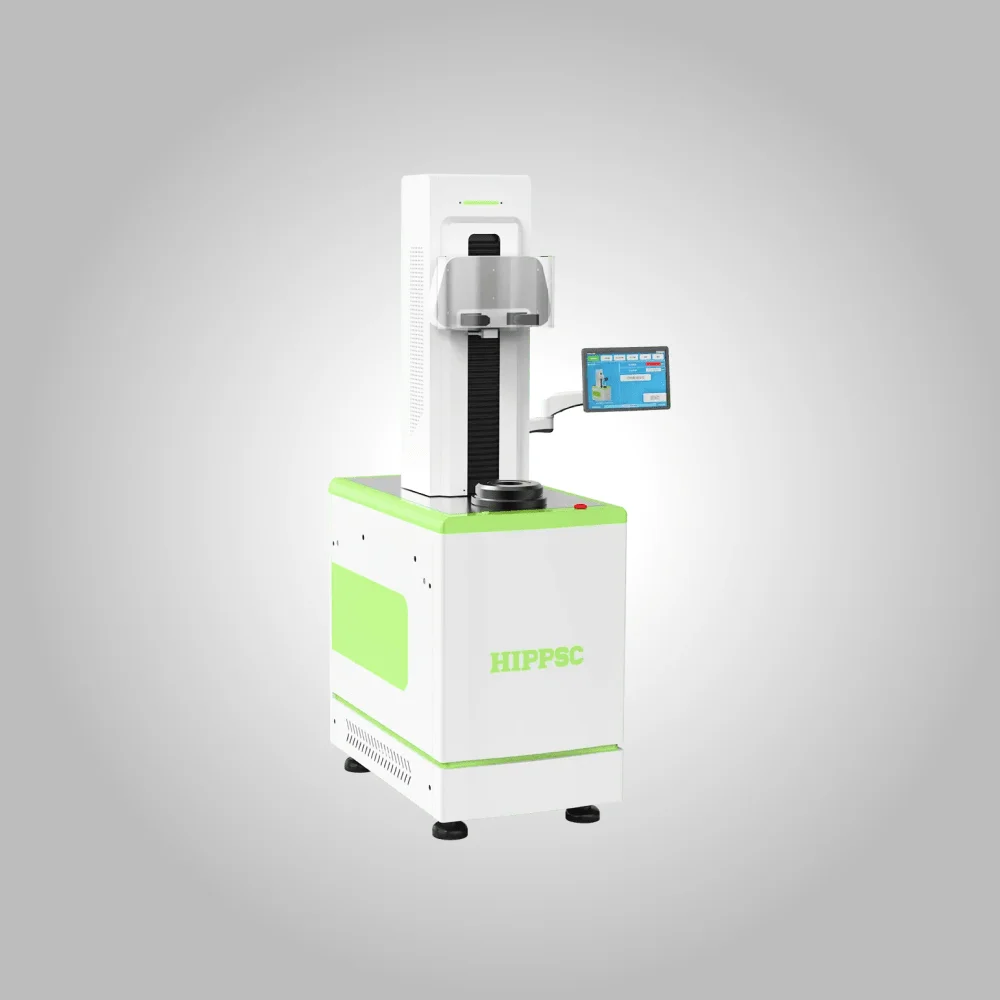
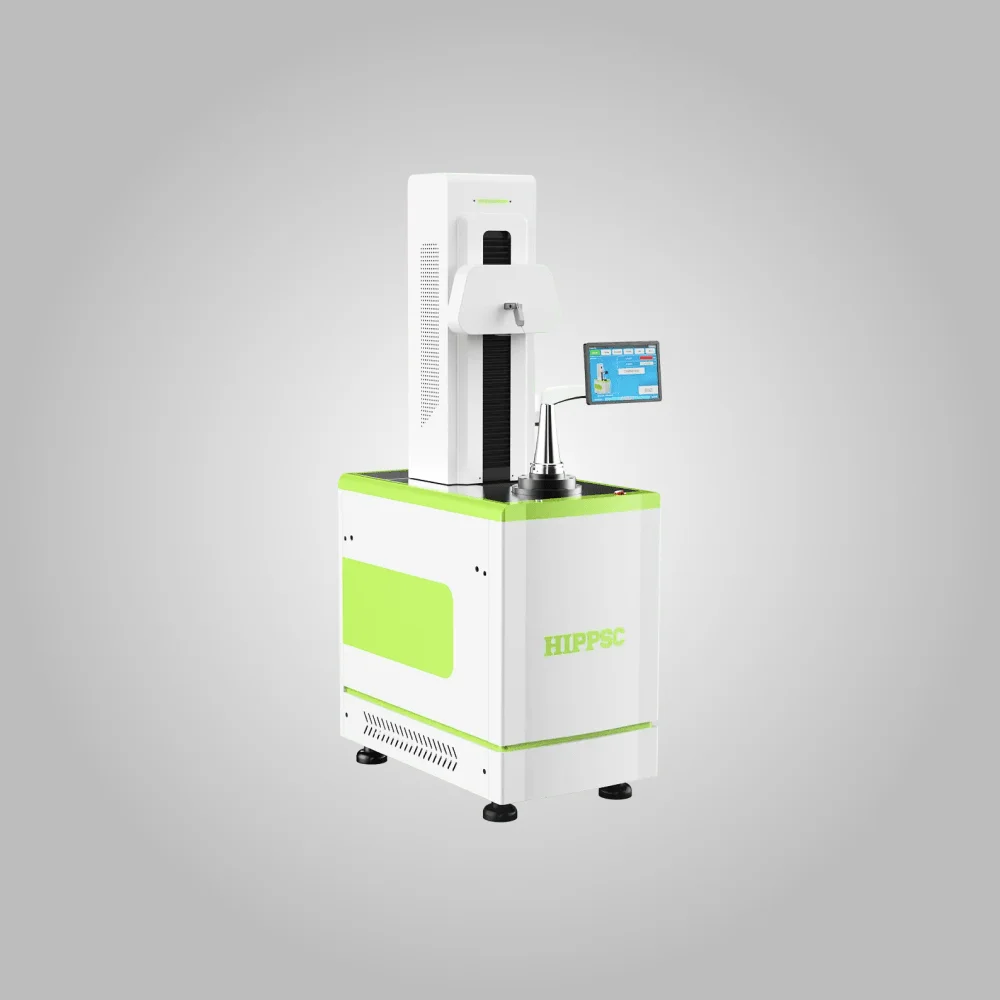
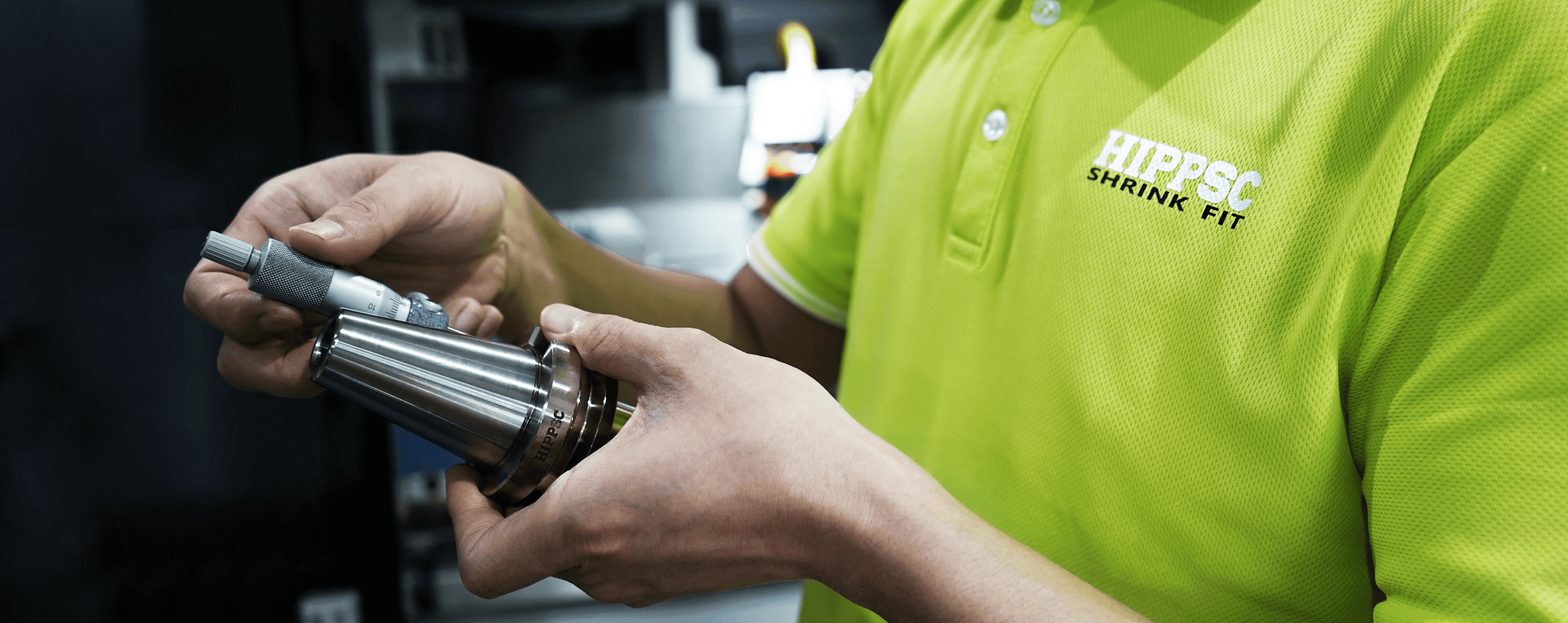

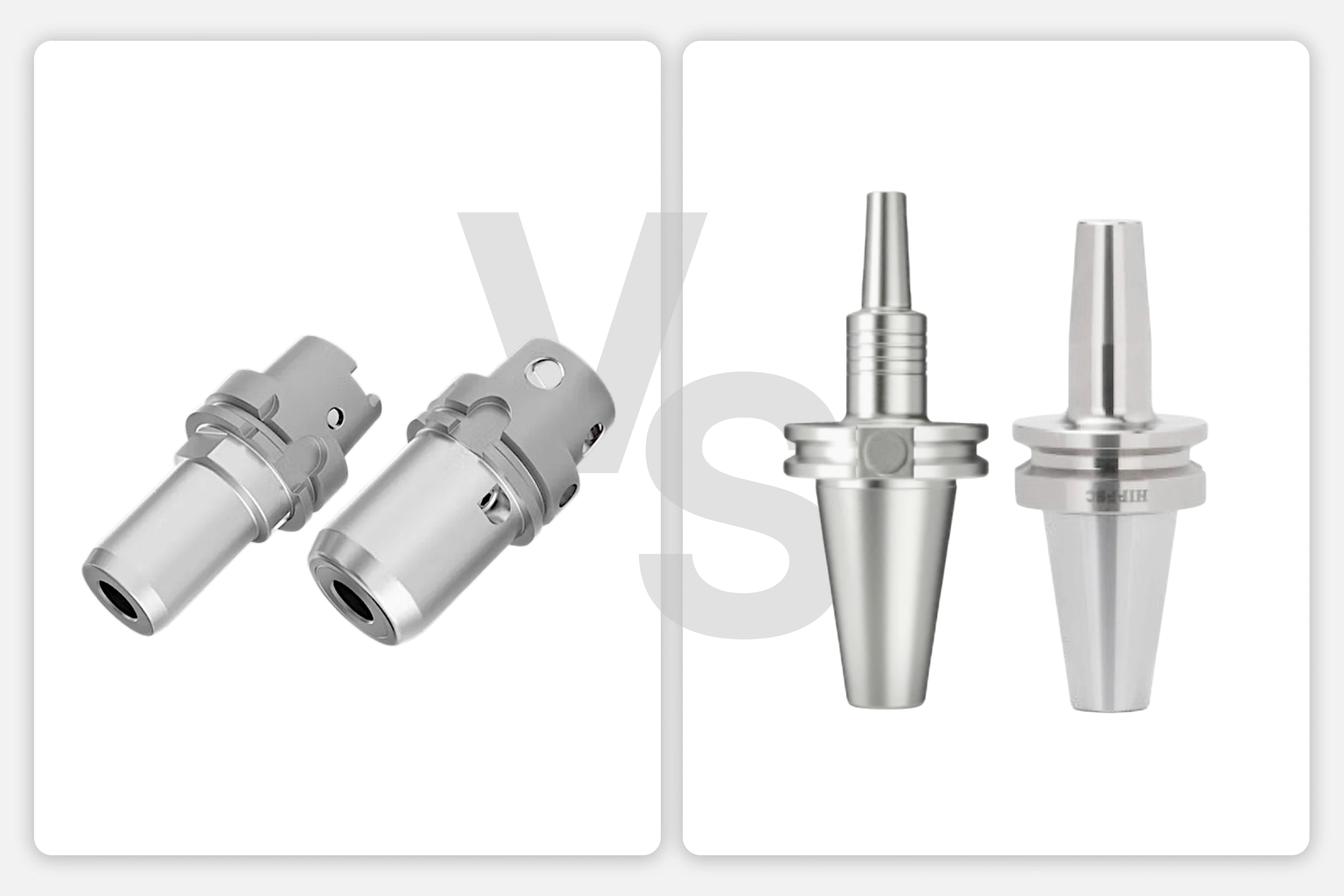

Leave a comment
All comments are moderated before being published.
This site is protected by hCaptcha and the hCaptcha Privacy Policy and Terms of Service apply.